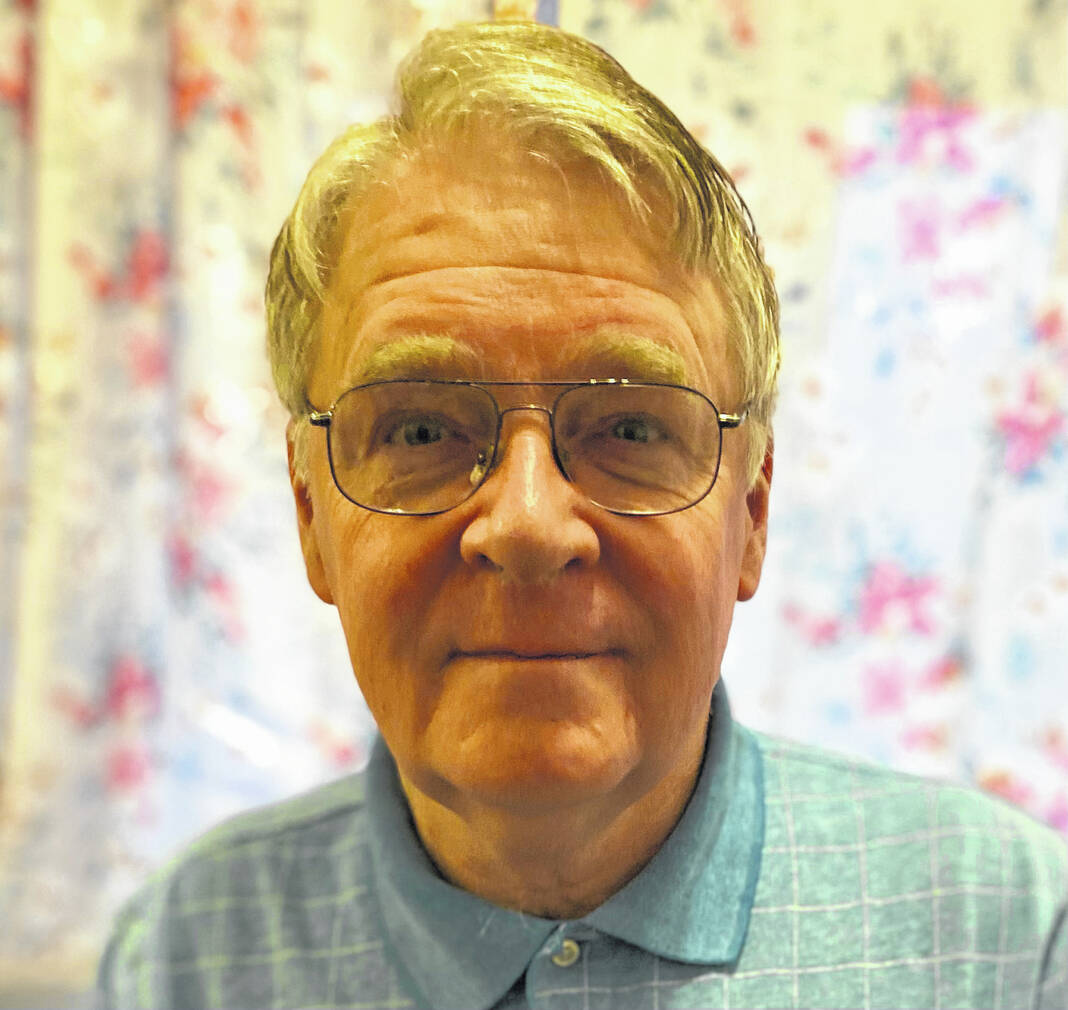
My wife, Sherry, and I saw a number of amazing archaeological sites on a recent trip to Israel.
Even the hotel where we stayed in Magdala was built next to such a site, the remains of a synagogue from the first century AD. Did Jesus speak in this synagogue? Did Mary Magdalene first encounter him there? There is no way to know, but it is fun to contemplate the possibilities.
Americans have long been fascinated by the archaeology of the Holy Land. Locally, Xenia Theological Seminary appointed a lecturer in biblical archaeology way back in 1908. According to the man who held that position, Melvin Grove Kyle, Xenia was the first American seminary to feature archaeology as a major area of study.
Kyle was born in eastern Ohio, near Cadiz, in 1858. After undergraduate work at Muskingum College and seminary study at Xenia and Allegheny seminaries, he became the pastor of Seventh United Presbyterian Church in Philadelphia in 1886.
In Philadelphia Kyle met Max Muller, an Egyptologist at the University of Pennsylvania. Muller, who knew that Kyle took mission trips to Egypt, asked Kyle to research something for him on one of these trips. Kyle soon became fascinated with archaeology. He sought out prominent Egyptologists like Sir Flinders Petrie and became involved in excavations in Egypt.
Kyle began lecturing at Xenia Seminary in 1908, then was promoted to full professor in 1915 and taught there until his death in 1933. During that period the seminary moved to St. Louis in 1920, then moved again to Pittsburgh in 1930 when Pittsburgh-Xenia Seminary was formed. Kyle’s archaeological work, along with that of his student James Kelso, formed the foundation for the collection that became the Kelso Museum of Near Eastern Archaeology in Pittsburgh.
In the 1920s Kyle became friends with prominent archaeologist W. F. Albright. Kyle assisted Albright on a survey of the Dead Sea region in 1924. Then during 1926-1932, Kyle worked with Albright in excavations at Tell Beit Mirsim, which they believed might be the biblical Debir (Joshua 15). The Tell Beit Mirsim excavations were important for the information they yielded on the dating of ancient pottery.
Kyle was passionate about archaeology’s potential to support the historical reliability of the Bible, and he frequently spoke and wrote on this theme in both scholarly and popular venues. For example, he pointed to the number of Hebrew words in the ancient Egyptian language and the number of Egyptian words in the book of Exodus as evidence that the children of Israel had indeed come out of Egypt. He was encouraged that archaeologists had already discovered so many of the places named in the Bible. I have a feeling that he would be excited to learn about the great progress made in archaeology during the years since 1933.
Kyle was a staunch biblical conservative but was not argumentative about his views. Albright admitted that he became more open to the value of the Bible in archaeological research through Kyle’s winsome influence. Kyle’s positive impact upon his colleagues and students may have been his greatest legacy.
Doug Ward is an elder at Church of the Messiah in Xenia and an avid reader.

